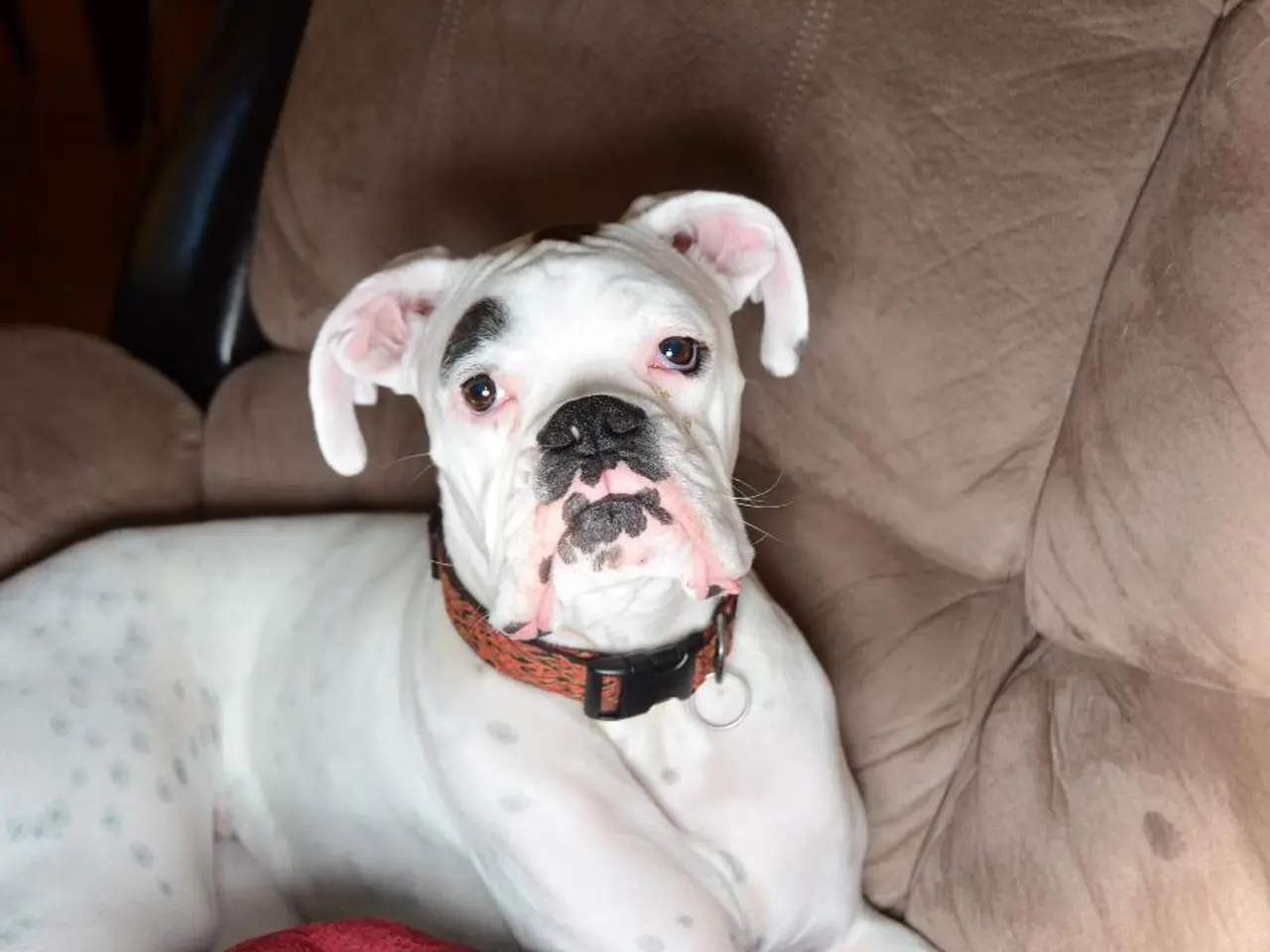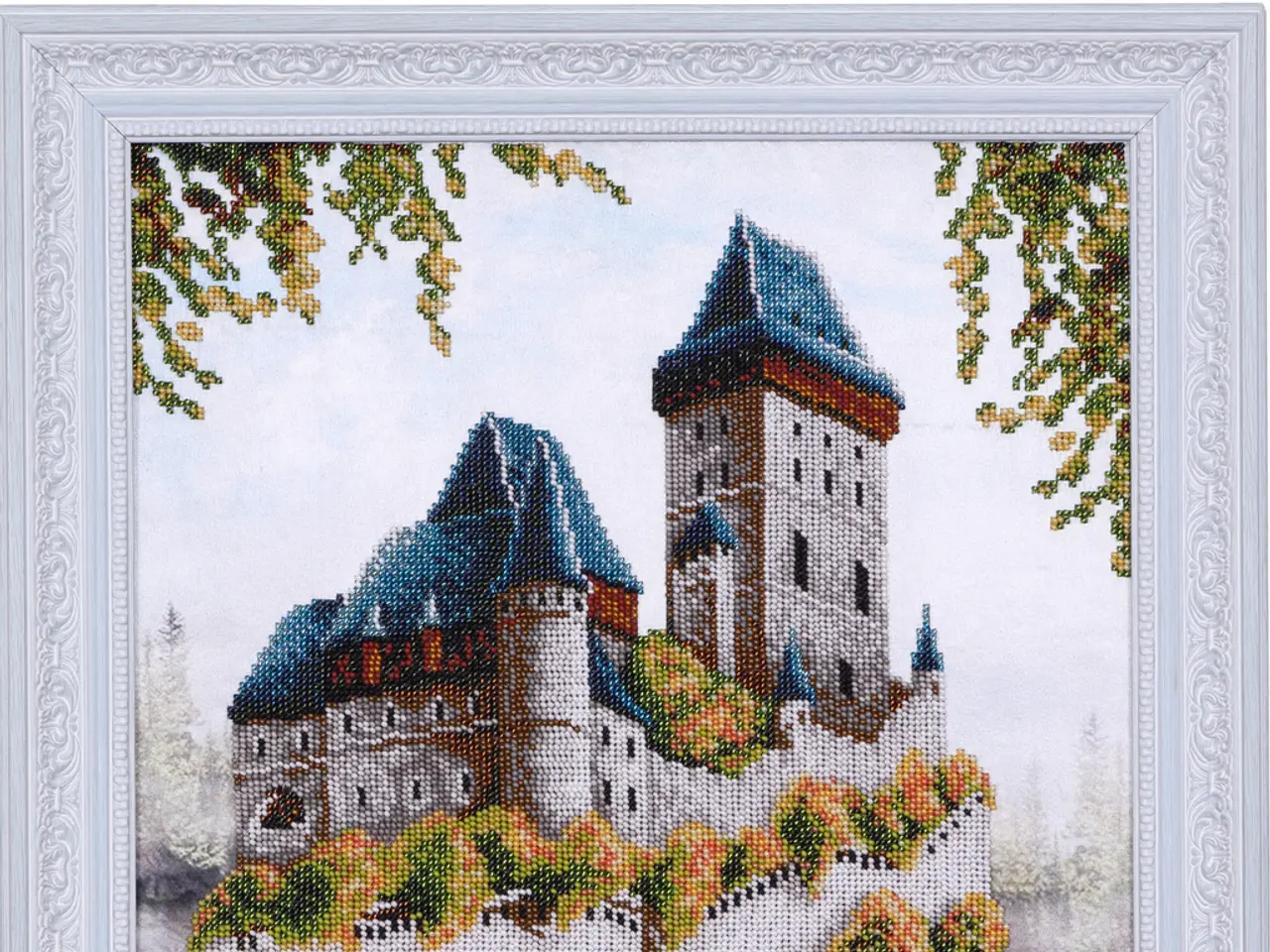Removing Canine Urine Stains on Wood Panels: A Speedy Guide
Dog urine stains and odours can be a persistent problem on wood floors and paneling, but with the right cleaning methods, you can quickly and effectively eliminate these issues. Here's a step-by-step guide to help you tackle these stains and protect your wood surfaces.
1. **Immediate Action with Paper Towels**
Acting swiftly is crucial when dealing with dog urine stains. Blot up as much of the liquid as possible using paper towels or an absorbent cloth to prevent the stain from setting in. Avoid rubbing, as this can spread the stain and push moisture deeper into the wood.
2. **Baking Soda for Odour Neutralization**
Sprinkle baking soda over the affected area to absorb any remaining moisture and neutralize odours. Leave it for several hours or overnight, then vacuum or sweep it away. This step helps reduce the smell before using further cleaners.
3. **Vinegar Solution (Use with Caution)**
Mix a solution of white vinegar and water (about 1 part vinegar to 3 parts water). Lightly dampen a cloth with the solution and gently clean the area. Vinegar helps neutralize ammonia odours from urine, but it should be used sparingly because excessive moisture or acidity can damage wood finishes. Always dry the area thoroughly after cleaning.
4. **Enzymatic Cleaners (Highly Recommended)**
Use a pet-safe enzymatic cleaner specifically designed for breaking down urine organic compounds. These cleaners contain enzymes that convert urine into harmless carbon dioxide and water, effectively removing both stains and odours. Apply the enzymatic cleaner according to the product instructions, usually spraying on the spot and allowing it to dry completely. Avoid over-saturating the wood to prevent warping.
5. **Hydrogen Peroxide and Dish Soap for Stubborn Stains**
For tougher stains and odours, mix 1 cup of 3% hydrogen peroxide with 1 teaspoon of fragrance-free dish soap in a spray bottle. Test on a small hidden area first to ensure it doesn't discolor the finish. Spray generously on the stain, let it sit for 15-20 minutes, then blot up and wipe the area dry. This mixture oxidizes organic compounds and kills bacteria causing odour.
6. **Additional Tips**
- Always test any cleaning solution on a small hidden area of the floor or paneling to ensure it does not damage or discolour the wood finish. - Minimize moisture exposure and dry the floor or paneling completely after cleaning to prevent warping or damage. - For persistent odours or stains that have deeply penetrated the wood, sanding and refinishing may be necessary to fully remove them. - Avoid mixing enzymatic cleaners with bleach or peroxide as this can create harmful gases.
By combining these methods, you can effectively remove dog urine stains and odours from wood floors and paneling while protecting their finish. Enzymatic cleaners can also be used on wood paneling, and it's essential to start by soaking up as much of the liquid as possible with an absorbent cloth or paper towel before applying the cleaner. For tough stains, multiple applications may be necessary. Regular cleaning and nourishment using dusting cloths and a brushless vacuum can help maintain the wood's appearance.
Maintaining a pet-friendly home-and-garden includes treating dog urine stains on wood surfaces effectively. Incorporate pets' needs into your lifestyle by regularly cleaning and protecting wood floors and paneling using pet-safe enzymatic cleaners specifically designed for breaking down urine organic compounds. This eco-friendly treatment not only eliminates stains and odours but also nourishes the wood, keeping it in good condition.




